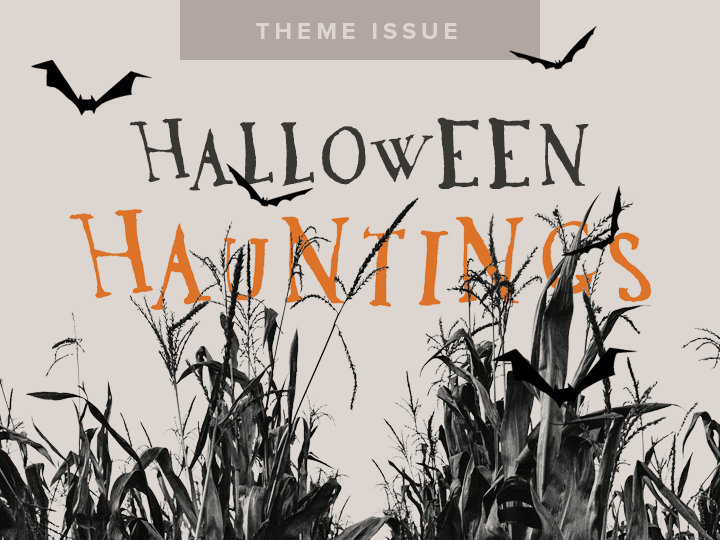Haunted House 101
tips for scaring your Halloween guests in the best possible way

• A lot of people are at least mildly claustrophobic, so making them crawl at certain points will make them freak out.
• Perhaps the most classic laugh-scare utilizes darkness, a quick flash of light, and a mirror in which the image of yourself is what scares you.
Minimalism can be good. The more movements and lines actors have, the more they resemble regular people – therefore not as scary. Consider actors who sit down, making sounds that contradict the situation, quick bursts of unexplained action, etc.
• For haunted rides (hay, bus, otherwise), making people get off or leave the comfort of the ride breaks down the fourth wall. This can also be accomplished in a corn maze by forcing people to go through stalks that haven’t been made into a path.
• Take advantage of trees and rig up pulleys, attaching props that you can drop to eye-level in front of people. They’re expecting things to come from the side, so something falling from the sky is a big jolt to their sensibilities.
• People are willing to wait in lines for a long time if the payoff is big (obviously), or you help them pass the time with things like video projection or trivia with prizes.
For a haunted hayride, a popular twist is the driver stopping the engine, turning off the lights, and running into the corn field, leaving the passengers open for creepsters to pop out.
It’s the uncertainty of a dark room that makes it creepy, so here’s a classic idea. Make people walk through a dark room filled with things suspended from the ceiling they must nudge out of the way. When the lights flicker revealing actors in body bags, they’ll wish it would have stayed uncertain.• They don’t know what’s around the next corner, so use turns a lot!
• To take a haunted trail to another level, consider building some sort of enclosure, if only for a short span. Example: an above-ground “abandoned mine shaft” with sheets of black plastic covering a wooden framework. String lanterns up on the inside “walls,” change their bulbs to flickering ones, and spray-paint them so they look rusty. You can even simulate an avalanche (noises go a long way). In this type of closed environment, you can create a more intimate experience.
• People aren’t ever looking at their feet. Seems like a good thing to take advantage of.
• If stairs ever come into the equation, it’s easy to have an actor under them grabbing feet or grunting.
• Actors can easily throw/drop snap pops at patrons’ feet to scare them.
• A scarecrow alley is a classic outdoor feature. There’s a line of several scarecrows in a row, one of which is an actor.
• Most don’t like to break the “touch” barrier, but if you warn people beforehand there’s no reason you can’t. (Bonus: Once again subtlety is key, and things like breathing near someone or passively brushing past someone can go a long way.)
Indoor mazes can have doors that drop down, leaving people trapped and subject to whatever you like for short periods of time.
• Build up the entrance to build up anticipation.
• People will not expect to be scared while in line or afterwards during refreshments, which is all the more reason to consider it.
• People take solace in having others near, so create something that makes groups split up (but doesn’t force them to) so you can scare them one-on-one. (Bonus: This can also create a choose-your-own-adventure that makes people who like it try every different outcome.)

